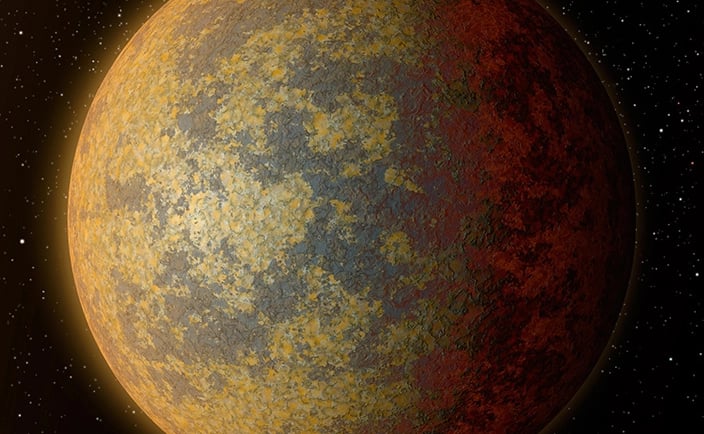Kepler-36b and Kepler-36c: The Companion Planets


Introduction to Kepler-36b and Kepler-36c
In the ongoing exploration of exoplanets, Kepler-36b and its companion planet Kepler-36c have garnered significant attention due to their remarkable proximity to each other and their unique orbital dynamics. Discovered via the transit method employed by the Kepler spacecraft, these two planets orbit a sun-like star at distances that challenge our conventional understanding of planetary habitats and formation.
Orbital Dynamics and Proximity
Kepler-36b is located approximately 0.11419 astronomical units (AU) from its star, making it one of the closest planets to its star identified to date. Their orbital period is remarkably short, lasting just 13.9 days. This rapid orbit, combined with their unusual closeness to each other—spanning only 1.5 million kilometers—makes Kepler-36b and Kepler-36c a subject of intrigue for astronomers and astrophysicists alike.
Despite their proximity, Kepler-36b and Kepler-36c are not situated within the habitable zone of their star. The habitable zone is defined as the region around a star where conditions are right for liquid water to exist, a critical component for life as we know it. Both planets, due to their harsh proximity to their sun, experience extreme temperatures and uninhabitable conditions, which raise questions about the possible formation history of closely orbiting planets.
Scientific Significance
The study of Kepler-36b and Kepler-36c offers vital insights into the nature of planetary systems and the mechanics behind their formation. The close proximity of these two planets leads to interactions that can provide valuable data regarding planetary migration and the effects of gravitational forces in densely populated exoplanetary homes.
In particular, investigations reveal that the gravitational influence of Kepler-36b on Kepler-36c is significant, resulting in a competing balance that keeps each planet in a stable orbit despite their close quarters. The unique nature of this dynamic is unlike anything observed in our own Solar System, where planets generally maintain larger separations, raising fascinating questions about planetary evolution and the environmental conditions that could exist within tightly packed systems.
Conclusion: Future Considerations
As observational techniques advance and our capabilities to analyze distant planetary systems improve, the potential for understanding the intricacies of body interactions in systems like that of Kepler-36b and Kepler-36c will only amplify. These planets, though clearly not candidates for habitability, open a window to explore the diverse configurations that planetary systems can manifest.
Continued research into their atmospheres, compositions, and evolutionary histories could yield significant discoveries in the field of exoplanet studies and broaden our understanding of the cosmos. The peculiar case of Kepler-36b and Kepler-36c stands testament to the variability and complexity of planetary systems beyond our solar neighborhood.
